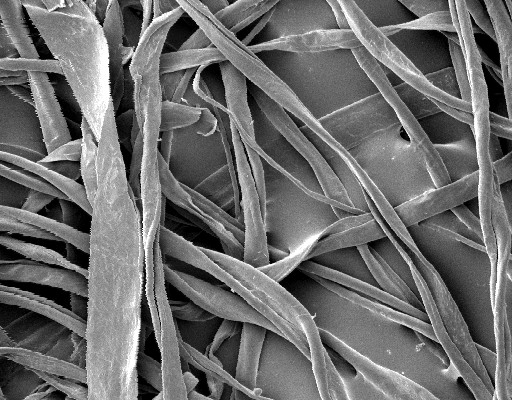Cotton Maturity on:
[Wikipedia]
[Google]
[Amazon]
 Cotton maturity is a physical testing parameter of
Cotton maturity is a physical testing parameter of
Classification of Cotton
Description of all quality parameters
Cotton Properties of textiles
 Cotton maturity is a physical testing parameter of
Cotton maturity is a physical testing parameter of cotton
Cotton is a soft, fluffy staple fiber that grows in a boll, or protective case, around the seeds of the cotton plants of the genus '' Gossypium'' in the mallow family Malvaceae. The fiber is almost pure cellulose, and can contain minor pe ...
fiber
Fiber or fibre (from la, fibra, links=no) is a natural or artificial substance that is significantly longer than it is wide. Fibers are often used in the manufacture of other materials. The strongest engineering materials often incorpora ...
properties testing. It is quantified by the degree of cell wall thickening relative to its perimeter
A perimeter is a closed path that encompasses, surrounds, or outlines either a two dimensional shape or a one-dimensional length. The perimeter of a circle or an ellipse is called its circumference.
Calculating the perimeter has several pr ...
. The maturity of individual cotton fiber is an essential aspect of the cotton classing regarding the aesthetics such as appearance, dye- uptake, etc. High volume instrument ( HVI) can test cotton maturity like many other fiber properties, including length, uniformity, micronaire/fineness, strength, color, etc.
Major impact
Cotton maturity of fibers largely depends upon the growing conditions. Cotton maturity is measured as the relative wall thickness (i.e., the area of the cell wall to that of a circle with the same perimeter as the fiber, or the ratio of the cell wall thickness to the overall ‘diameter’ of the fiber). Hence the thickness of the wall infers the extent of the maturity of cotton fibers. Cotton fibers are trichome cells composed primarily ofcellulose
Cellulose is an organic compound with the formula , a polysaccharide consisting of a linear chain of several hundred to many thousands of β(1→4) linked D-glucose units. Cellulose is an important structural component of the primary cell w ...
. Mature fibers have more cellulose and a greater degree of cell wall thickening. The significant impact of immature fiber is on the finished appearance. The MIC values of immature fibers determine the processing and performance of cotton. The commonly caused defects by immature cotton are related to yarn and fabric appearance such as poor dyeing uptake, dead fibers, neps formation, and barre also (if the batch to batch maturity ratio is different).
Measurements
Cotton classification, or classing, is the process of classifying cotton based on its grade, staple length, and micronaire. Micronaire is a measure of cotton maturity. Maturity of cotton fibers is measured with single fiber measurement test or by double compression air flow test. It is expressed in percentage or maturity ratio.Micronaire
Cotton's simple Micronaire value is determined by both the fineness of the fibres as well as their maturity. Micronaire values or reading represents the fineness of the cotton fiber. For example a preferred micronaire range is 3.7 to 4.2.Upland cotton
''Gossypium hirsutum'', also known as upland cotton or Mexican cotton, is the most widely planted species of cotton in the world. Globally, about 90% of all cotton production is of cultivars derived from this species. In the United States, the wo ...
is coarser than Gossypium barbadense
''Gossypium barbadense'' (''gos-SIP-pee-um bar-ba-DEN-see'') is one of several species of cotton. It is in the mallow family. It has been cultivated since antiquity, but has been especially prized since a form with particularly long fibers was ...
(Pima cotton).
See also
* Christophe MoulheratReferences
{{ReflistExternal link
Classification of Cotton
Description of all quality parameters
Cotton Properties of textiles